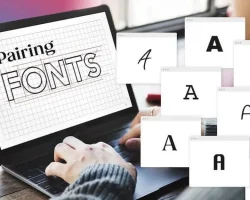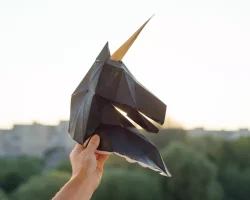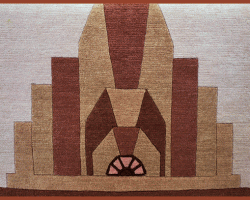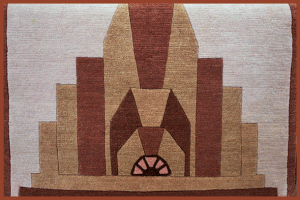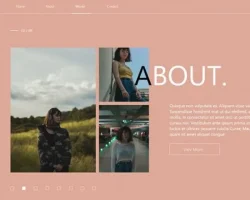
10 Free Animated Website Templates To Download
Animated websites are a great way to show your company’s personality and make your web presence more interesting. They can also be used as a marketing tool to reach new customers.
There are a lot of free animated website templates to download today. However, not all of them are created equal. So, which ones are the best for you? To answer this question, we’ve put together a list of the 10 best free animated website templates.
Freetype
Freetype is a free online font editor that you can use to create free online logos, icons, and other designs. It’s easy to use and has a wide range of features, so you can create any kind of website you want.
Canva
Canva is a free online platform that allows you to create beautiful illustrations, logos, and infographics. It’s easy to use and has a wide range of features, so you can create any kind of website you want.
Adobe Photoshop
Adobe Photoshop is one of the most widely used creative software programs on the internet. It’s known for its user-friendly interface and powerful features. You can use it to create illustrations, logos, and infographics, and it’s easy to use.
Sketch
Sketch is a free vector graphic editor that’s popular among artists and designers. It’s easy to use and has a wide range of features, so you can create any kind of website you want.
Inkscape
Inkscape is a free vector graphic editor that’s popular among artists and designers. It’s easy to use and has a wide range of features, so you can create any kind of website you want.
Canva for android
Canva for Android is a free online platform that allows you to create beautiful illustrations, logos, and infographics. It’s easy to use and has a wide range of features, so you can create any kind of website you want.
Inkscape for mac
Inkscape is a free vector graphic editor that’s popular among artists and designers. It’s easy to use and has a wide range of features, so you can create any kind of website you want.
GIMP
GIMP is a free software program that’s popular among artists and designers. It’s easy to use and has a wide range of features, so you can create any kind of website you want.
WordPress
WordPress is a free content management system that’s popular among webmasters. It’s easy to use and has a wide range of features, so you can create any kind of website you want.
Adobe Photoshop for web designers
Adobe Photoshop for web designers is a powerful tool that can be used to create beautiful illustrations, logos, and infographics. It’s easy to use and has a wide range of features, so you can create any kind of website you want.

